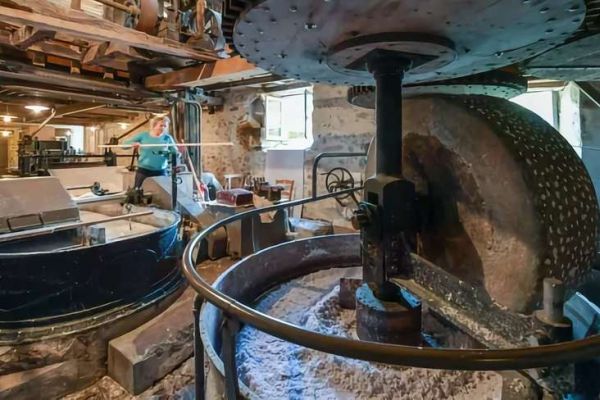Moulin du Got in Haute-Vienne gives vegetable peelings a new lease of life by transforming them into top-of-the-range handmade paper. This environmentally-friendly process is attracting professionals and restaurateurs alike, creating a real craze for this unique paper. Here's how this anti-waste project is proving a growing success.
Le Moulin uses vegetable peelings as its raw material, harvested locally from the region's canteens. This paper, rich in texture and color, is manufactured using traditional papermaking methods. Vegetable fibers, such as those from leeks or carrots, are integrated directly into the paper pulp, preserving their natural colors.
The products are made by hand, as part of a short distribution chain. According to Marie-Claire Cluzel, director of Moulin du Got, this approach is the fruit of long experimentation to obtain a raw material that works well. The paper's irregular texture and raw appearance are reminiscent of its plant origins.
Moulin du Got carries on the tradition of 15th-century papermakers, producing exceptional papers in cotton, linen and hemp for the fine arts and graphic arts: watercolor, pastel, engraving, calligraphy, lithography. The 19th-century paper machine, now back in service, produces large sheets of thick, rough chiffon board, highly prized by artists.
The production of plant-based paper has led to a growing interest in sustainable, hand-crafted materials in the world of stationery. Le Moulin du Got can only supply small quantities, but this rarity contributes to the prestige of the product. Other sectors, such as the hotel industry, could also be attracted by this type of product.








